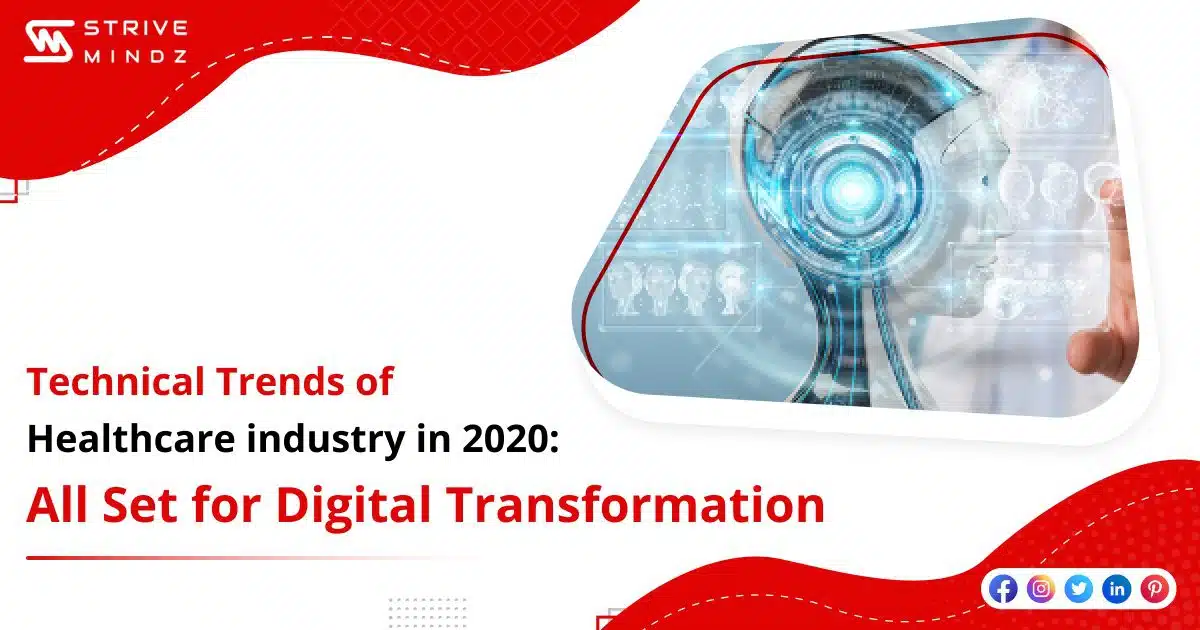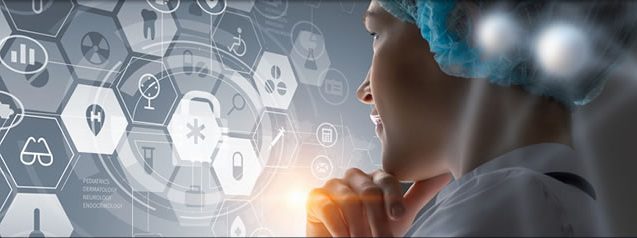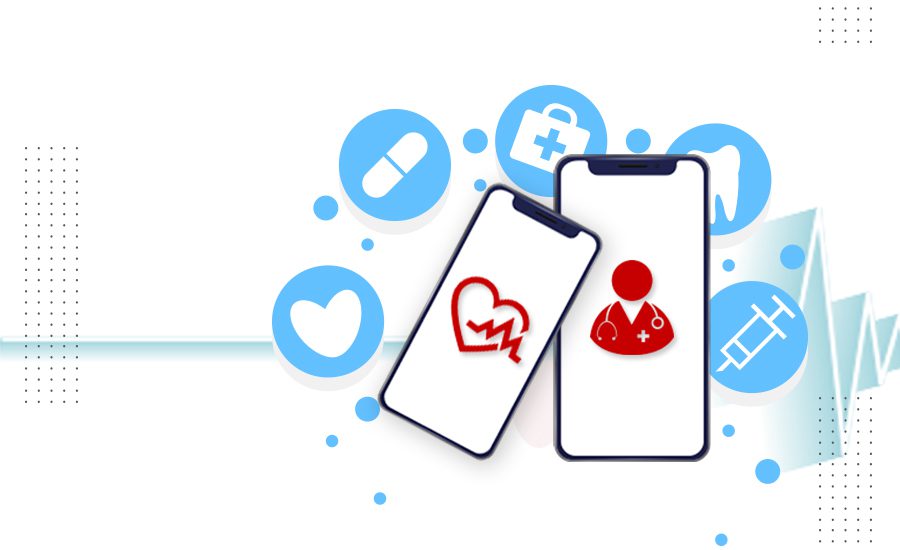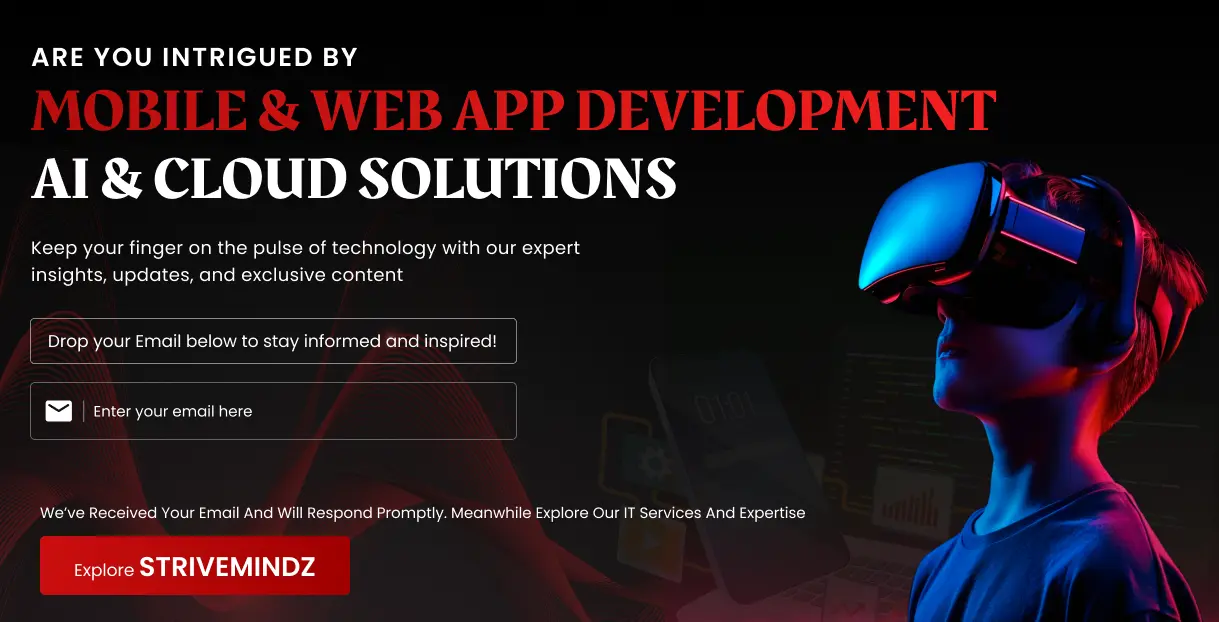Technical Trends of Healthcare industry in 2020: All Set for Digital Transformation

When it comes to acquiring the latest technology, the healthcare industry was a little behind than any other industry. Nevertheless, it holds a good chance for significant changes over the next few years, as many organizations are becoming more digitally mature and applying technologies to their functional sites.
We trust that being familiar with innovative healthcare technologies puts tech leaders in a win-win situation when they are strategizing future growth.
The industry is seeking new paths to treat patients virtually, predict and prevent diseases, maximize hospitals’ will, as well as to overcome security shortage issues.
Essentially, the industry is moving toward reducing the cost of services. This can be targeted by keeping personalized medicine into action, which improves patient care.
Technical Trends of Healthcare industry in 2022
Here, we have got all the technology trends in Healthcare that will build the industry in 2020 and beyond.
1. Telemedicine
In 2020, telemedicine will be covered by major insurers as it becomes widely adopted. At the same time, more doctors are going to appreciate this trend.
Telemedicine incorporates tech-driven healthcare solutions. It had the immersive power that enabled the majority of people in remote areas to get medical aid they couldn’t otherwise access.
Current healthcare trends in telemedicine
• Improved healthcare apps
Remote communication is frequent and so telemedicine aims to improve the quality of interactions between patients and healthcare service providers. Therefore, we can surely expect that the apps will become more creative and smooth to use.
• Healthcare will become less systematized.
More and more professionals are sacrificing large hospitals in favour of smaller practices in decentralized communities. It’s been assumed that the younger generation will keep the ball of decentralization rolling.
2. The Internet of Medical Things (IoMT)
According to a current report, the wearable medical device market is estimated to reach more than $27 million by 2023.
The merging of IoT and telemedicine brought about a variety of devices and mobile apps used to track disease. IoMT spans a huge range of smart devices: ECG, EKG monitors, smart beds, connected inhalers and much more.
Above all, IoMT lets doctors concentrate on prevention. Instead of getting a check-up done once a year, patients can receive health updates more frequently and easily. As a result, healthcare providers rely on tech devices to have access to real-time health monitoring.
Nowadays, consistent communication within the ecosystem of IoT devices is the biggest challenge in the industry. The devices generate huge amounts of data, and their handling creates a problem for manufacturers. Plus, the late and unsuccessful connections are yet to be addressed.
3. The Cloud
Cloud platforms give a boost to collaboration between doctors and patients. With the data stored in the cloud, there’s no need to develop an infrastructure and hire service teams.
Medical records are easy to access on mobile apps or custom platforms and also make the consultation process super easy. Because virtual consultations are based on text and video-based communication, there’s a need to build fast, secure and stable WAN connections. But that’s one side of the consequences.
The other is that data security within cloud ecosystems requires standards. Unfortunately, HIPAA Privacy and Security compliance is often a stumbling stone that makes healthcare providers stain from adopting the Cloud. For most, it’s not simple to secure the information within the standard formats required by the regulations.
Read also: How is RPA transforming the industry?
To relieve the situation, some cloud providers have started to cater specifically to the needs of HIPAA. There are also alternatives like private cloud systems and on-premises solutions, which allow high control over data.
4. Combined Reality and its Future Trends
Digital healthcare trends such as AR/VR are the key pointers of advanced technology in healthcare. The global VR/AR in the healthcare market is expected to reach $5.1 billion by 2025, as expected.
Artificial environments are proven to help decrease pain, cope with stress and even overcome motor deficiencies. VR provides access to activities and visual experiences that are otherwise unavailable during therapy.
Other uses of VR include planning difficult surgeries, doctors’ training programs and skills improvement, motivating others to exercise, and treating health well.
Augmented reality is a super influencer of healthcare providers. By integrating an additional layer of information in the real world, AR screens allow surgeons to have access to life-saving information during emergency operations. Students can use 3D models when they need to explore it quickly.
5. Current trend of Artificial Intelligence in the healthcare industry
Artificial intelligence and machine learning together promise to bring a lot of value to the industry. They provide new and creative ways to operate diseases, create treatment strategies, do medical research, and increase operational efficiency during peak loads in hospitals.
As part of AI, image classification systems support doctors to conduct high-quality diagnostics over a short period. Today the efforts of ultrasound specialists go into image classification and their description. In the future, this will turn on automated using AI.
Further progress in Artificial Intelligence will lead to the huge use of augmented artificial intelligence systems, which brings new possibilities.



Good shout.